In the second of our Future Transport blog series, Anda Baumerte, Sustainability Manager at Northern Powergrid, writes about making informed choices to drive a change to low carbon transport through data, tools, and increased digitisation.
Since the Road to Zero strategy was published in 2018, interest in electric vehicles (EVs) and their infrastructure has grown considerably.
When I first started working for Northern Powergrid, electric vehicles took up a very small fraction of my time, which was spent focusing on charging point installations at our offices. However, the two legally binding policy targets – net zero emissions’ reduction target and internal combustion engine (ICE) vehicle sale phase-out by 2035 (at the latest) – have changed that.
As an electricity distribution network operator (DNO), Northern Powergrid is a key enabler for both of these targets to be met, and we are keen to ensure electrification of transport brings benefit to all of our customers.
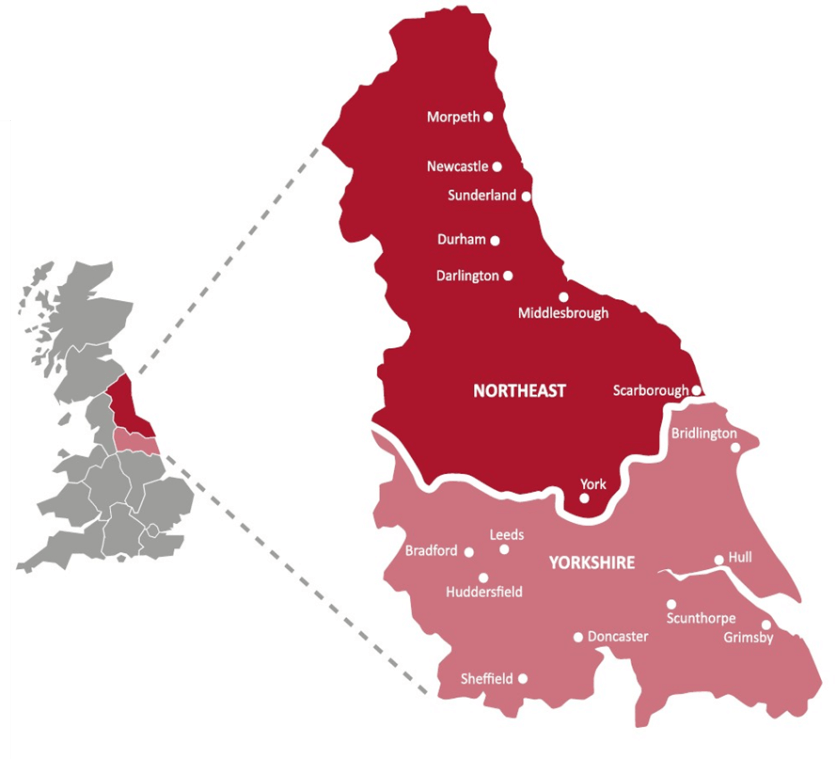 We have been responding to the demand for more information, tools, and engagement opportunities. EVs have been a theme that features in most of our events. We have held (and will continue to hold) dedicated forums to explore it and to shape the relevant tools we provide our customers with.
We have been responding to the demand for more information, tools, and engagement opportunities. EVs have been a theme that features in most of our events. We have held (and will continue to hold) dedicated forums to explore it and to shape the relevant tools we provide our customers with.
Last September, we published a report which outlines everything we are doing and planning to do to Maximise the value from EVs for our customers. This report remains relevant as a one-stop source of information on how we are enabling the electrification of transport.
Among other things, it provides more tailored guidance for Local Authorities and Fleet Managers. This report was followed-up with an EV charging guide, which provides guidance and tips on connecting the EV charging infrastructure to the electricity grid.
Finally, this February, we launched our AutoDesign tool, which reduces the time required to process a connections application from 10 days to around 10 minutes by self-service. It enables customers to assess the feasibility of different EV charging point locations and gives an indicative cost estimate.
We recently launched a new EV page on our website to bring all of this guidance in one place. In addition, we are continuously working with other DNOs to ensure simplification, further standardisation, and digitisation of the relevant connections’ processes.
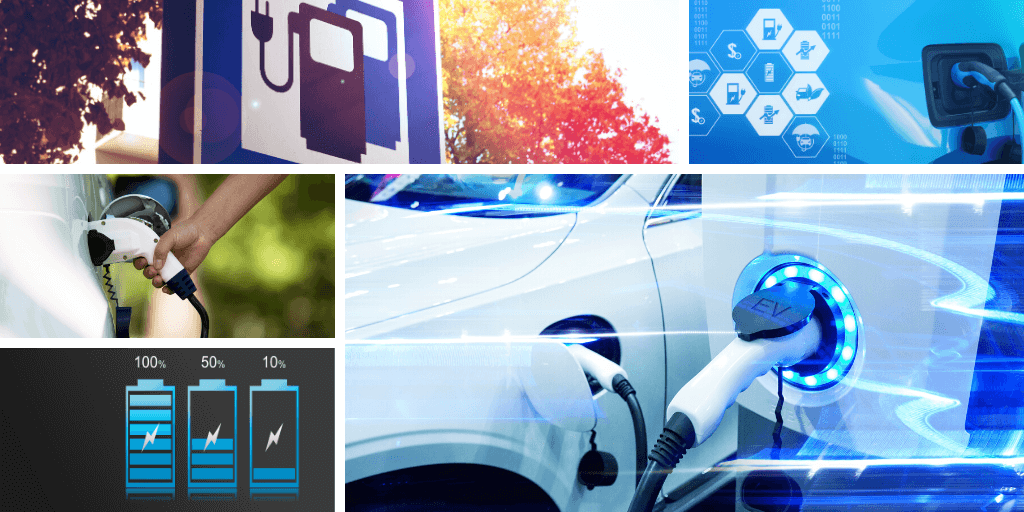
Some of our local stakeholders are setting ambitious targets to cut emissions and achieve net zero between 2030 and 2040. Due to the clear ICE phase-out policy, transport, it seems, easily becomes the most tangible of the unknowns, when it comes to planning for net zero emissions’ target. But is it really?
Our work is mainly guided by customers’ decisions to install slow, fast, or rapid charging points. Although installing fast or rapid chargers can be very expensive, ultimately, if the customer thinks that is the best solution for them, we are more than willing to connect these charging points.
From a DNO perspective, EV uptake is likely to be the key driver for how the electricity network infrastructure will change in the years to come. What will make the biggest difference is how and where these vehicles will be charged.
The EV Energy Taskforce has also concluded that an effectively-managed integration of EVs could improve electricity network efficiency and system resilience, while also limiting the need for new infrastructure to meet growing electricity demand.
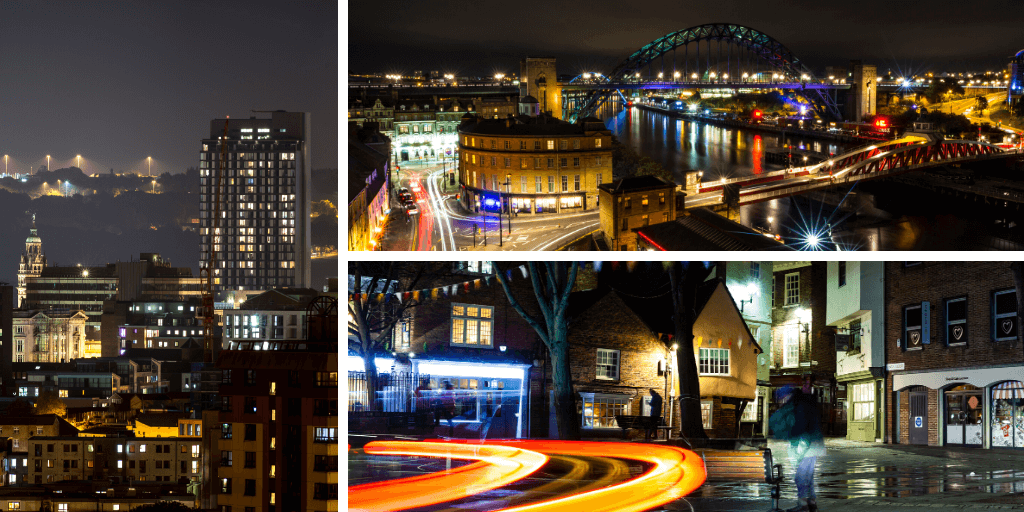
In the North East, Yorkshire and northern Lincolnshire, we generally have enough capacity in our network to facilitate the EV uptake in the next 5-10 years; we believe that the network developments, which would naturally take place, will continue to accommodate it for the foreseeable future.
Still, being aware of large-scale plans for customers’ roll-out of chargers is critical for us to plan and develop the local electricity grid. To facilitate an informed conversation, we have partnered with Open Data Institute in Leeds and become #radicallyopen about our future network pathways, publishing them in an open data format, aided by a visualisation tool.
A regionalised view of National Grid’s Future Energy Scenarios, our Distribution Future Energy Scenarios, show that the numbers of EVs on the streets in the North East and Yorkshire could increase between 80 and 200 times by 2050, if the previous, 80% emissions’ reduction, target is to be achieved. We now are focusing on questions:
We expect that Transport for the North’s work on Future Travel Scenarios will inform these questions and feed into the next iterations of our Distribution Future Energy Scenarios, providing a credible source of information on where we are likely to see the most impacts and what their scale could be.
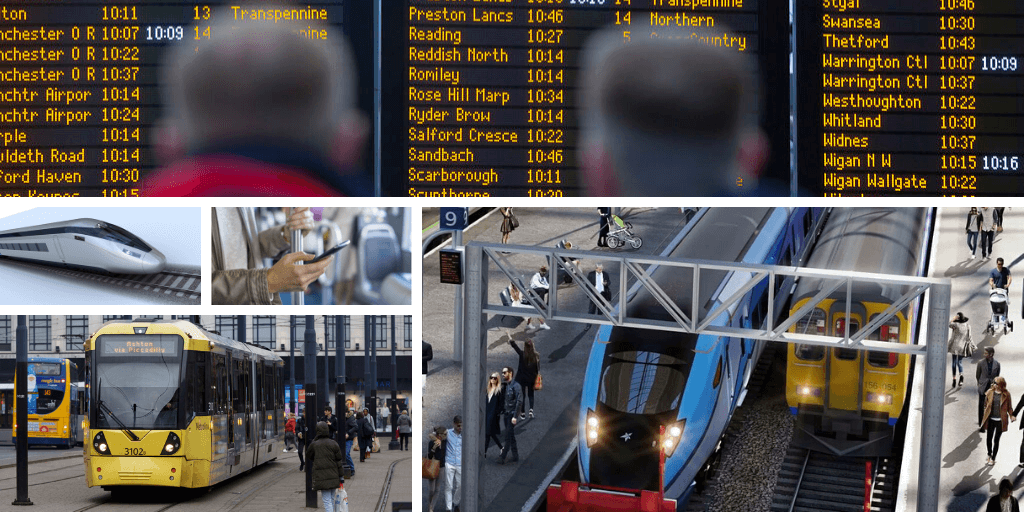
For an environmentalist, the logic to focus on EVs as the only solution often seems counter-intuitive. So, why do we keep on doing it?
Overall, the UK has been making good progress in decarbonising the economy, achieving a 43% emissions’ reduction since 1990: emissions from industrial sector have fallen by 83%, in residential sector – by 14%, and from energy supply – by 63%.
According to the latest available statistics, transport is the only sector where the emissions’ reduction still remains in single figures – only a 3% reduction has been achieved in the last 28 years (1990-2018); and passenger cars have been the main culprit. This leaves a lot of room for improvement.
Private transport is undoubtedly a key part of the future of mobility – as a complement, not a substitute, for the public transport. The recent Decarbonising Transport – Setting the Challenge report from Department for Transport clearly outlines the case for other modes of transport.
Smart, flexible charging should be used to minimise the overall cost of EVs. This will lower the cost of energy for the motorist, minimise the network infrastructure costs, and maximise the use of low-carbon generation.
In addition, EVs may just hold a solution for network faults, too. Our Silent Power project is exploring the use of electric vans fitted with a battery payload – as a cleaner, quieter, and simpler alternative to diesel generator use. The vans are being trialled to restore power to single domestic or small business premises; using a battery also provides the advantage of being able to absorb any output from solar panels.
In similar spirit, vehicle-to-grid technology, a more dynamic, evolving automative market, and wider availability of hydrogen fuel might just drive us all the way to net zero.
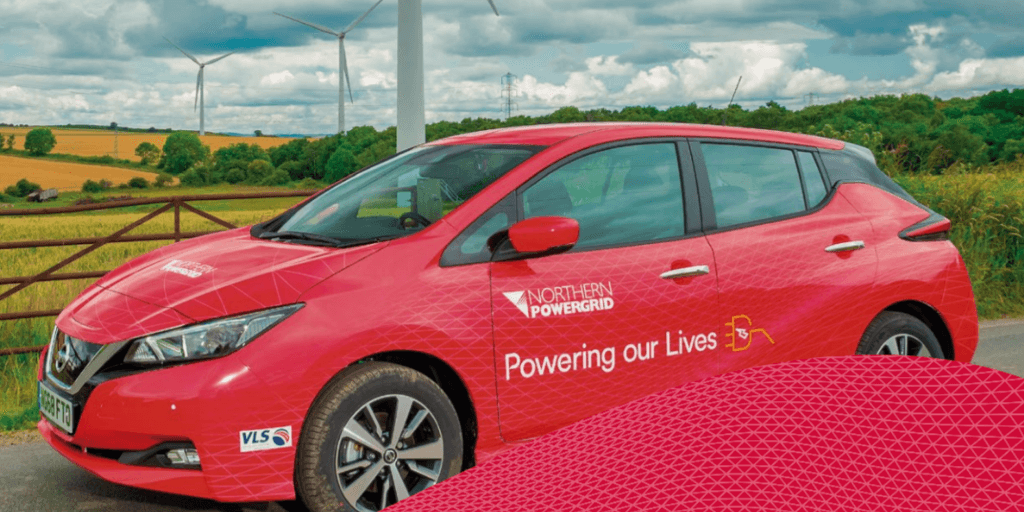
Finally, we have also set off on the journey of decarbonising our fleet. The first stage of the charging point installations at our offices has now been completed. We have introduced five electric pool cars and three vans to our fleet, and are planning to add 20 more plug-in and hybrid vehicles in 2020.
Electrifying an operational fleet is not without its challenges – cost-efficient and reliable options for larger vehicles, which the bulk of our fleet consists of, are still scarce.
We also need to be mindful that many vehicles will be attending rural locations or responding to power cuts – meaning there will be limited opportunities for so called destination charging. As we are drafting our Business Plan for RIIO-ED2 (2023-2028), we will be seeking opportunities to develop our approach to decarbonisation of our business.
However, enabling regional decarbonisation remains a main area of focus. How can we enable our region to reach net zero is one of the key questions we are asking ourselves and, as we do that, we look forward to working with the Transport for the North on our respective future scenarios.